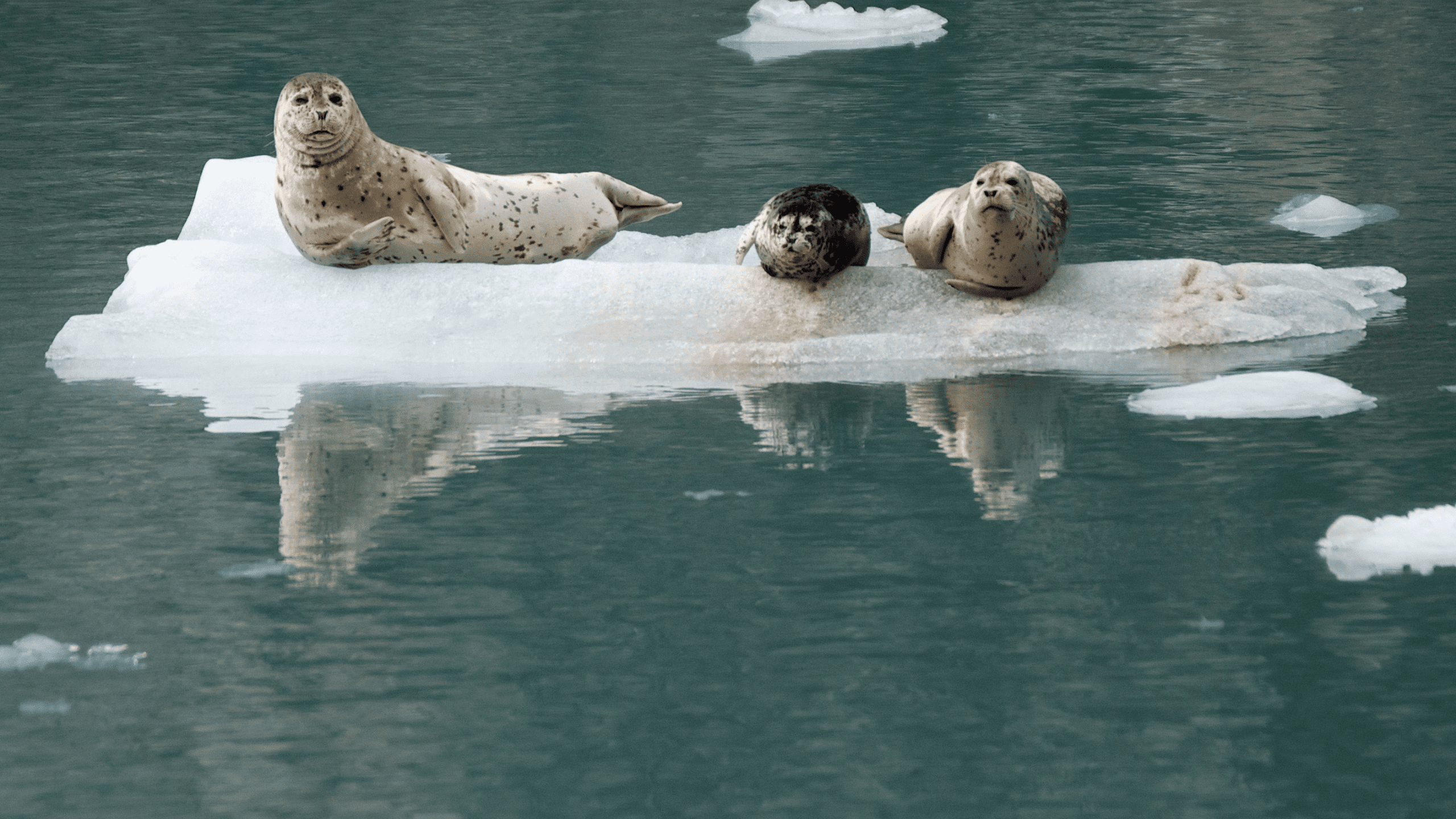Posted: March 27, 2022
Our Wildlife of the Week – 2022 Week 12…
Meet the “Harbor Seal”!
(Phoca vitulina)
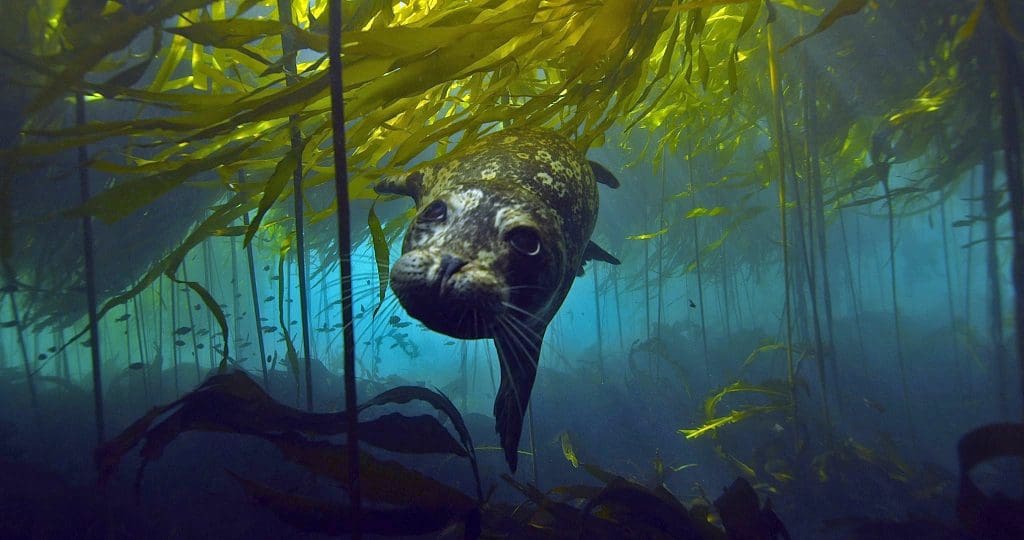
Harbor Seal Physical Description
Adult harbor seal males are typically larger than females, measuring 63-75in (160-190cm) in length and weighing 176-375lbs (80-170kg). Females range from 63-67in (160-170cm) long and weigh 132-320lbs (60-145kg). Harbor seals are physically adapted to maximize propulsion while diving. Their large round heads lack external ears, although their middle ear bones are large.1
Rather than exhaling before diving, they essentially stop breathing underwater and their heart rate slows, resulting in conservation of oxygen in their bodies. They have narrow nostrils that easily close during swimming. Their flippers are long and flat, each made up of five webbed digits. Speed and agility in the water is enhanced by use of their hind limbs and flexible side-to-side movements of their trunks.1
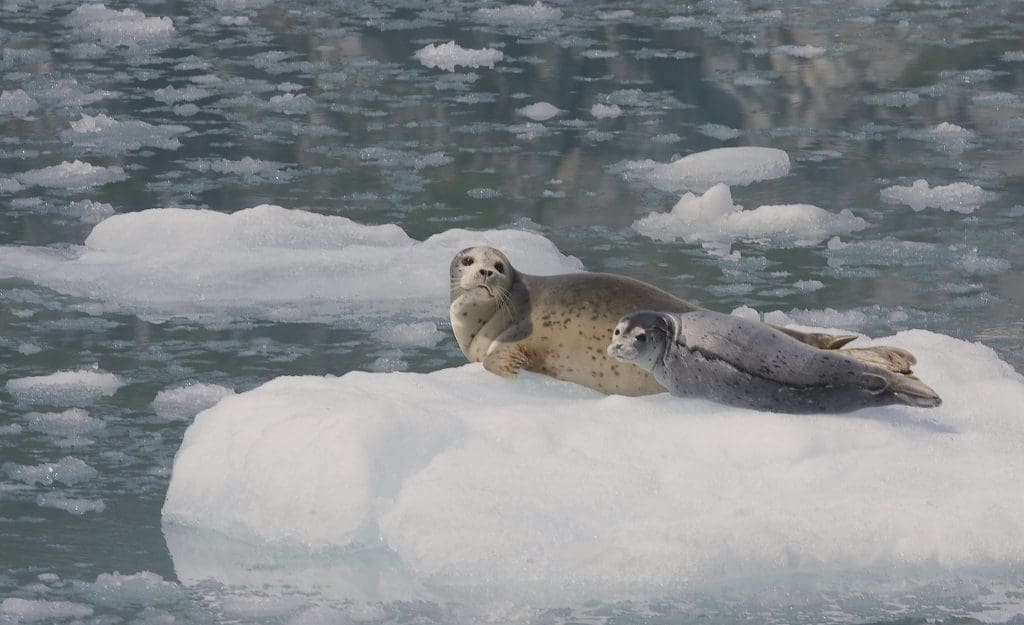
Although various regions differ slightly, harbor seals are monomorphic (having or existing in only one form). Individuals with a yellowish coat covered in small pale ringed black spots are characterized as being in the “light phase”. The “dark phase” seals have a black coat containing dark spots with light rings found primarily on their dorsum. Their varying color patterns are a result of differing concentrations of melanocytes (cells responsible for skin pigment) in the epidermis (outer layer of skin). Their fur protects their skin from damage while on land, and is kept moist by secretions from sebaceous glands (small oil-producing gland present in the skin of mammals).1
Thick layers of subcutaneous fat provide energy and insulation, giving them a higher resting metabolism rate that is 1.7 to 2.2 times higher than other terrestrial mammals their size. Another trait that separates harbor seals from other mammals is their vibrissae (whisker) structures, whose follicles are surrounded by 3 blood sinuses as opposed to 2.1
SPONSORED ADVERTISEMENT
Harbor Seals In Action
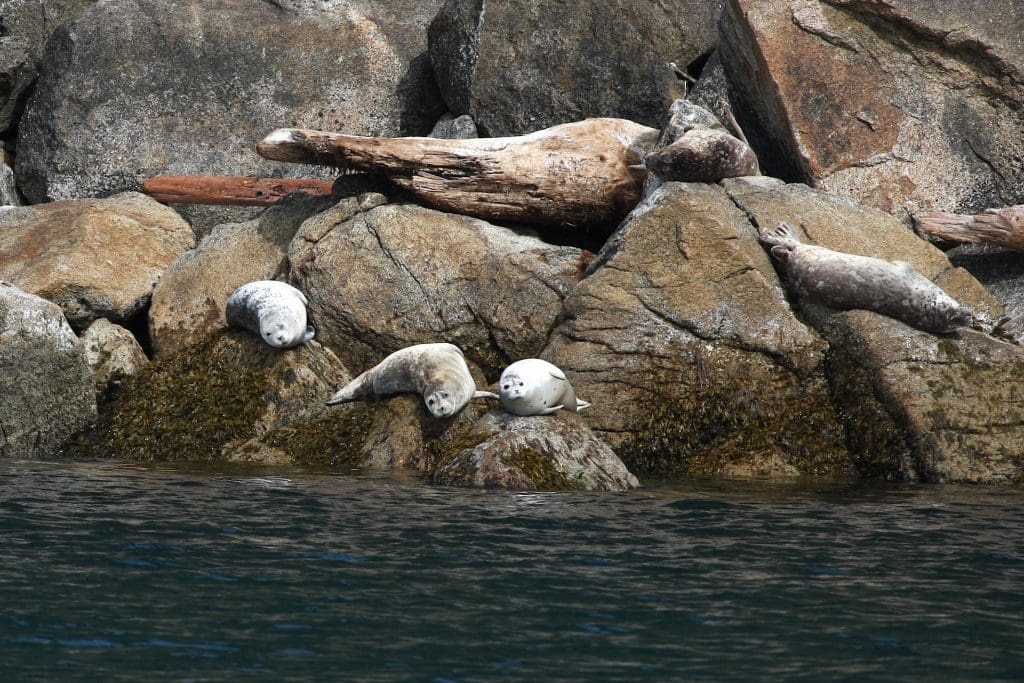
Harbor seals are diurnal pinnipeds that are usually solitary. They form small mixed groups of males, females, and pups around the pupping season and during molting, but these groups do not exhibit social organization. They do not migrate, but disperse a couple hundred kilometers away from where they reside to forage and breed, or occasionally to avoid environmental disturbances.1
Throughout the year harbor seals haul out, which is the act of moving from aquatic to terrestrial grounds. Depending on the region, the majority of haul outs occur either onto land or icebergs. This activity provides benefits such as sites for birthing, thermoregulation, rest, and is a way to reduce predation. Harbor seals usually molt within 2 to 3 months after the pupping season, which induces high numbers of seals in haul out locations. Pups normally molt first, followed by juveniles, then female adults, and lastly male adults. However, in all species of seals, environmental factors such as precipitation and air temperature most strongly affect their hauling out activity.1
Harbor seals can dive to depths of 1400ft (427m) and remain underwater for nearly 30 minutes without resurfacing. However, the average dive lasts a few minutes and is 299ft (91m) deep. They perform dives in a variety of shapes. A recent study categorized their dives into variations of V-shaped and U-shaped dives.1
SPONSORED ADVERTISEMENT
Where to Spot Harbor Seals
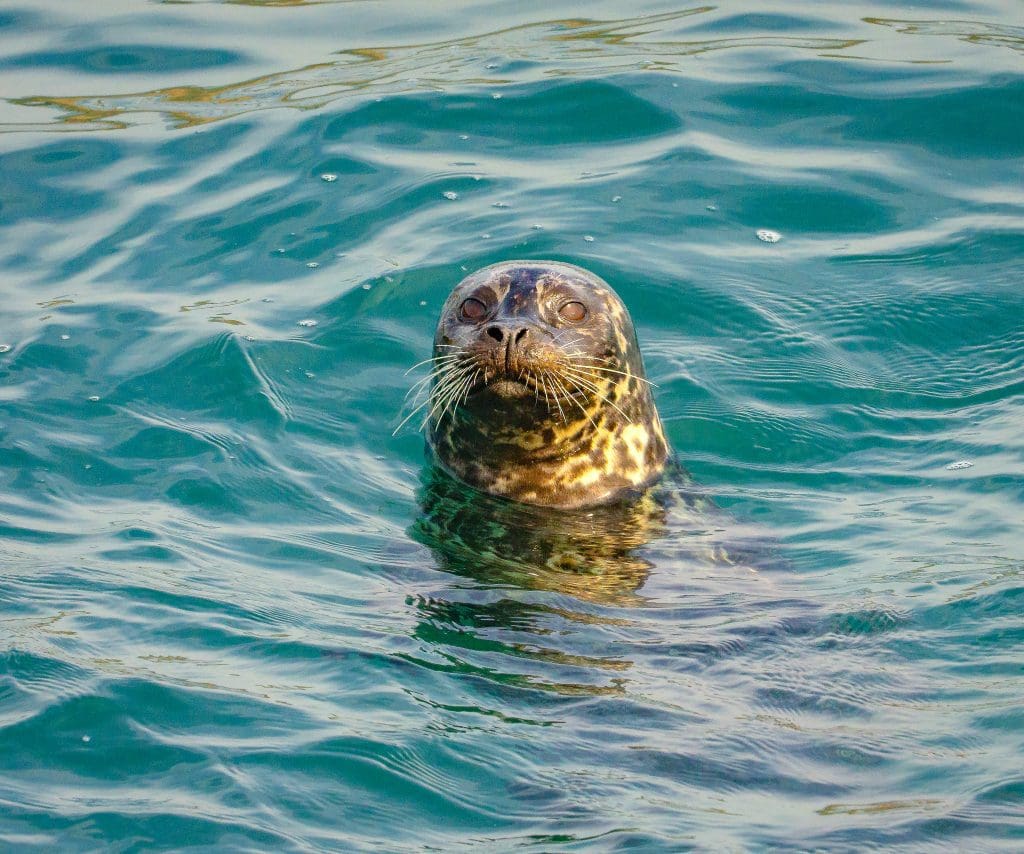
Harbor seals populate the shallow waters of coastal areas, bays, rocky islets, estuaries, and even freshwater lakes. They are typically seen near piers and beaches, as well as on intercoastal islands. They are more common in relatively cold marine waters that lack annual sea ice coverage. However, tidewater glaciers are utilized for shelter, breeding, and occasionally transportation. They forage at an average depth of 299ft (91m).1
Harbor seals usually stay within a 164 foot (50 meter) radius of their haul out site. Closer proximity to land during foraging allows for an easier escape from predators, so most of their activity occurs within a 33 foot (10 meter) radius from haul out sites.1
The Harbor Seal can be found in over 9 National Parks and many other National Park Service sites.2 Including:
- Acadia National Park
- Channel Islands National Park
- Glacier Bay National Park and Preserve
- Katmai National Park and Preserve
- Kenai Fjords National Park
- Lake Clark National Park and Preserve
- Olympic National Park
- Redwood National and State Parks
- Wrangell – St Elias National Park and Preserve
SPONSORED ADVERTISEMENT
Harbor Seal Conservation Status
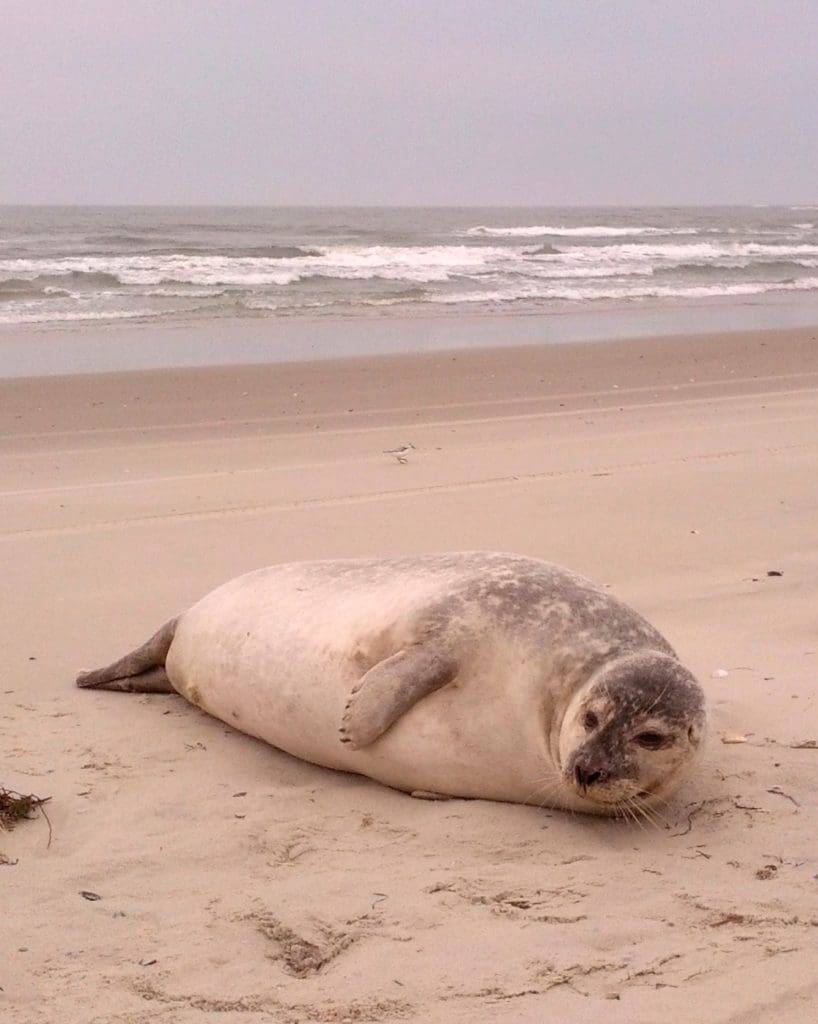
The total population of harbor seals has been increasing since around the 1970s. However, major die-offs have occurred in recent years where thousands of seals have died from diseases not previously known to be a problem. Because they are a coastal species, they are particularly vulnerable to pollution. Their status on the IUCN Red List is “least concern.” However, two subspecies are currently on the brink of extinction.1
First is the subspecies population Insular Seal (Phoca vitulina stejnegeri) in Japan that has been steadily declining due to excessive hunting since the 1980s.1

Secondly, the subspecies Ungava Seal (Phoca vitulina mellonae) that lives in the Ungava Peninsula in Canada have very low population numbers of 120 to 600 seals. They are the subspecies most at risk due to low genetic variation and are also negatively impacted from hydroelectric developments. No reports of efforts to conserve these two subspecies have been found.1
Harbor seals are hunted for their blubber, meat, fur, and skin. They are also a potential source of ecotourism value.1
Harbor Seals and You
Have you seen a Harbor Seal in it’s natural environment? Tell us about it in the comments below!
Do you have a picture of these amazing creatures? Share it on social media with us and tag us in your post.
Use the hashtag:
#WildlifeOfTheWeek.
Interested in Wildlife Photography???
Check out this amazing beginners guide from National Geographic:
National Geographic Photo Basics The Ultimate Beginner’s Guide to Great Photography
The above links are provided in this article as affiliate links. Meaning, at no additional cost to you, we’ll earn a commission if you click one and make a purchase. An easy way to help support us if you’re going to buy anyway!
Learn more about all the amazing wildlife in our National Parks and how to safely “Watch Wildlife” on this amazing page with lots of resources from the National Park Service!
Want tips for photographing wildlife? Check out this great article for tips from the National Park Service.
Help support Discover Our Parks by becoming a Patron for as little as $1 a month! Your support will help us continue to provide articles like this and add even more information about our parks to this site.
If you want to make a one-time donation, buy us a coffee!
‘We got some of the above information from the following:
1: Animal Diversity Web – Phoca Vitulina – Harbor Seal
2: NPSpecies – Find Parks Where a Species is Found
Check out these recent posts from Discover Our Parks:
- The Isolated Black-bellied Salamander: Wildlife of the Week – 2023 Week 22
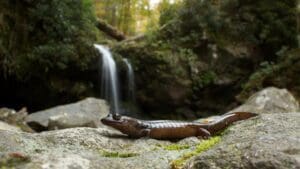
- The Splendid Sandhill Crane: Wildlife of the Week – 2023 Week 21
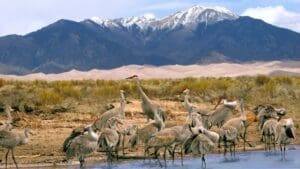
- The Promising Peregrine Falcon: Wildlife of the Week – 2023 Week 20
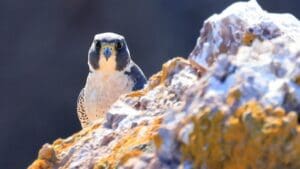
- The Intimidating Killer Whale: Wildlife of the Week – 2023 Week 19
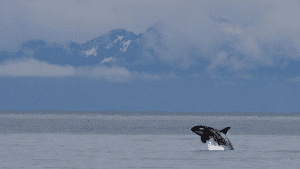
- The Swift Fox: Wildlife of the Week – 2023 Week 18
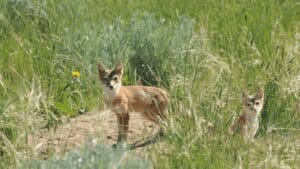
SPONSORED ADVERTISEMENT

